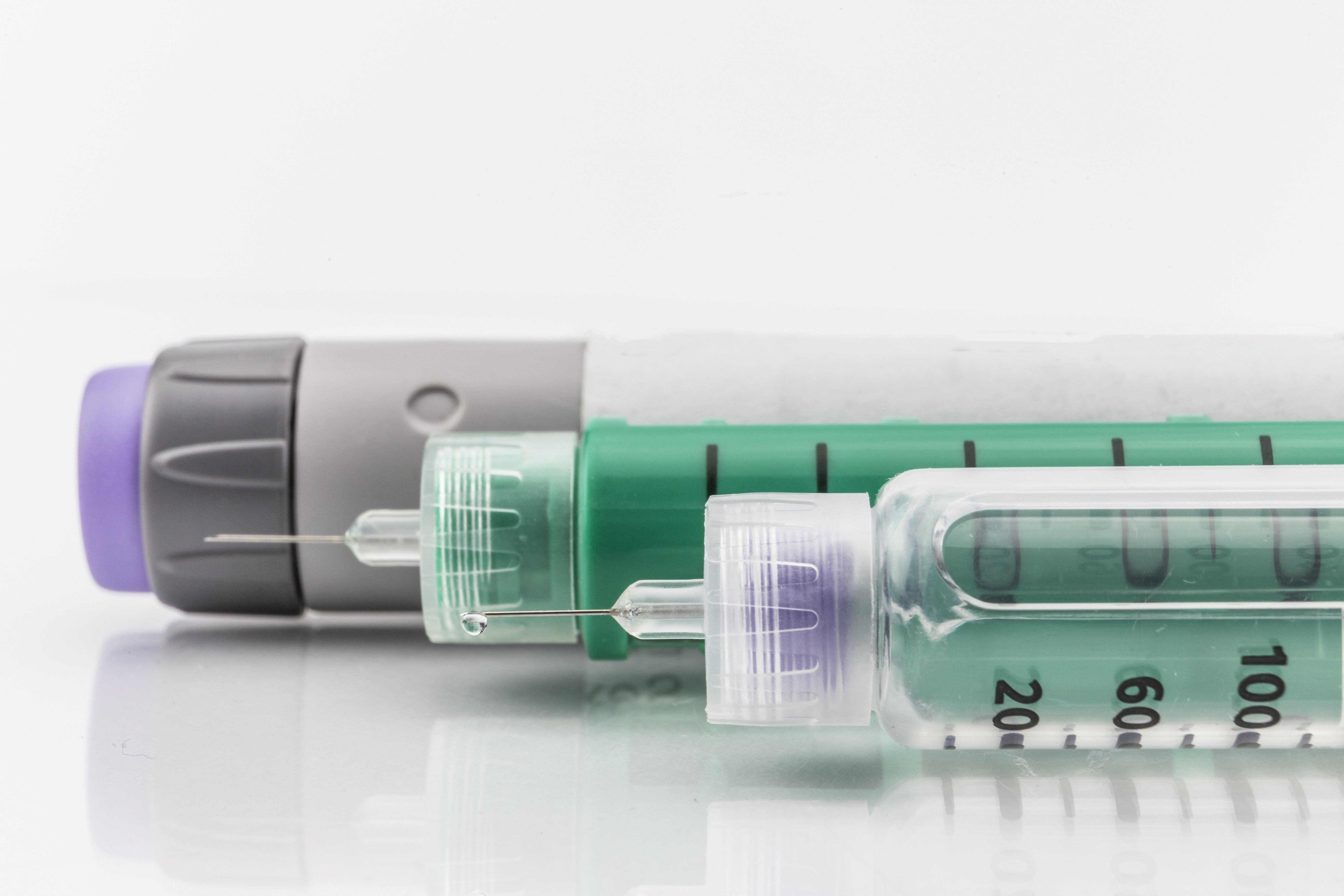First Successful Medical Drone Delivery Supplies ‘Full Circle’ Diabetes Care
The successful maiden flight of an autonomous drone delivering insulin shows the potential for drone use in the delivery of lifesaving medications and supplies during disasters.

An international medical team achieved the world’s first documented drone delivery of insulin for a diabetes patient in Ireland who had experienced flooding and snowdrifts as a result of a category 3 hurricane in 2017 and a winter blizzard in 2018. The patient was consequently housebound and struggling to maintain their insulin supplies.
Globally, diabetes is one the most common chronic diseases, affecting approximately 400 million people worldwide. Since insulin is necessary to maintain glycemic control, it is considered a lifesaving medication for patients who have diabetes.
Derek O’Keeffe, MD, PhD, consultant endocrinologist at National University of Ireland Galway and the drone project’s chief investigator, said that the severe storms in 2017 and 2018 impeded health care access in the country. Researchers for the project wanted to find disaster relief solutions for future events that would leave patients with diabetes in remote areas stranded for days without insulin.
The first drone flight occurred on September 13 of last year and clocked in at 16 minutes, traveling from Galway, Ireland, to the Aran Islands, about 12 miles off of Ireland’s west coast under “beyond visual line of sight (BVLOS) conditions.”
Endocrinologist Spyridoula Maraka, MD, MS, of the University of Arkansas for Medical Sciences and the Central Arkansas Veterans Healthcare System, Little Rock, explained the problems related to the drone delivery process.
“Insulin can be outside the fridge for hours, but it can’t be exposed to extreme heat, so we put it in an insulated parcel with temperature monitoring en route,” Maraka said. “We also put a security lock on the parcel in case the drone did not arrive at the right place.”
The project additionally addressed the legal obligation of a pharmacist to dispense prescription drugs, and Dr Maraka therefore arranged for a pharmacist to dispense the insulin, as well as glucagon, before the medications were sent to patients.
Not only did the drone service deliver needed diabetes medications, but it also took blood samples from the diabetes patient, effectively monitoring their blood glucose control (HbA1c).
“A patient with type 1 diabetes could develop life-threatening diabetic ketoacidosis after more than one day without insulin. A blood specimen would allow us to properly diagnose and treat the condition,” Maraka said, pointing to the significance of the project. “It was the full circle of care, which has not been done by drone before.”
The drone project will be published in the Journal of the Endocrine Society.
References:
1. O’Keeffe D, Maraka S, Johnson K, et al. OR30-04: Autonomous Drove Delivery of Insulin [abstract]. Journal of Endocrine Society. 2020. https://www.endocrine.org/-/media/endocrine/files/endo2020/abstracts/okeeffe-maraka-abstract.pdf.
2. Diabetes care reaches new heights as drone delivers insulin for patient [news release]. Endocrine Society website. https://www.endocrine.org/news-and-advocacy/news-room/2020/diabetes-care-reaches-new-heights-as-drone-delivers-insulin-for-patient. Published March 27, 2020. Accessed April 3, 2020.